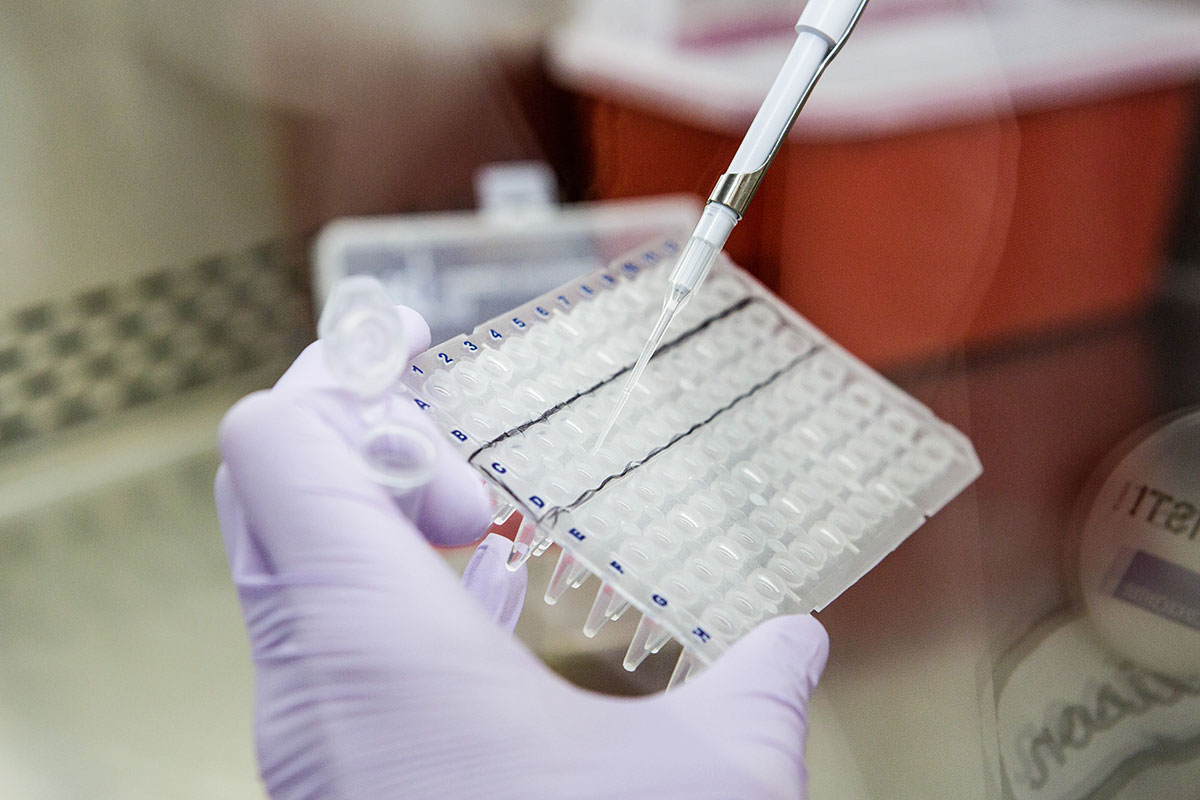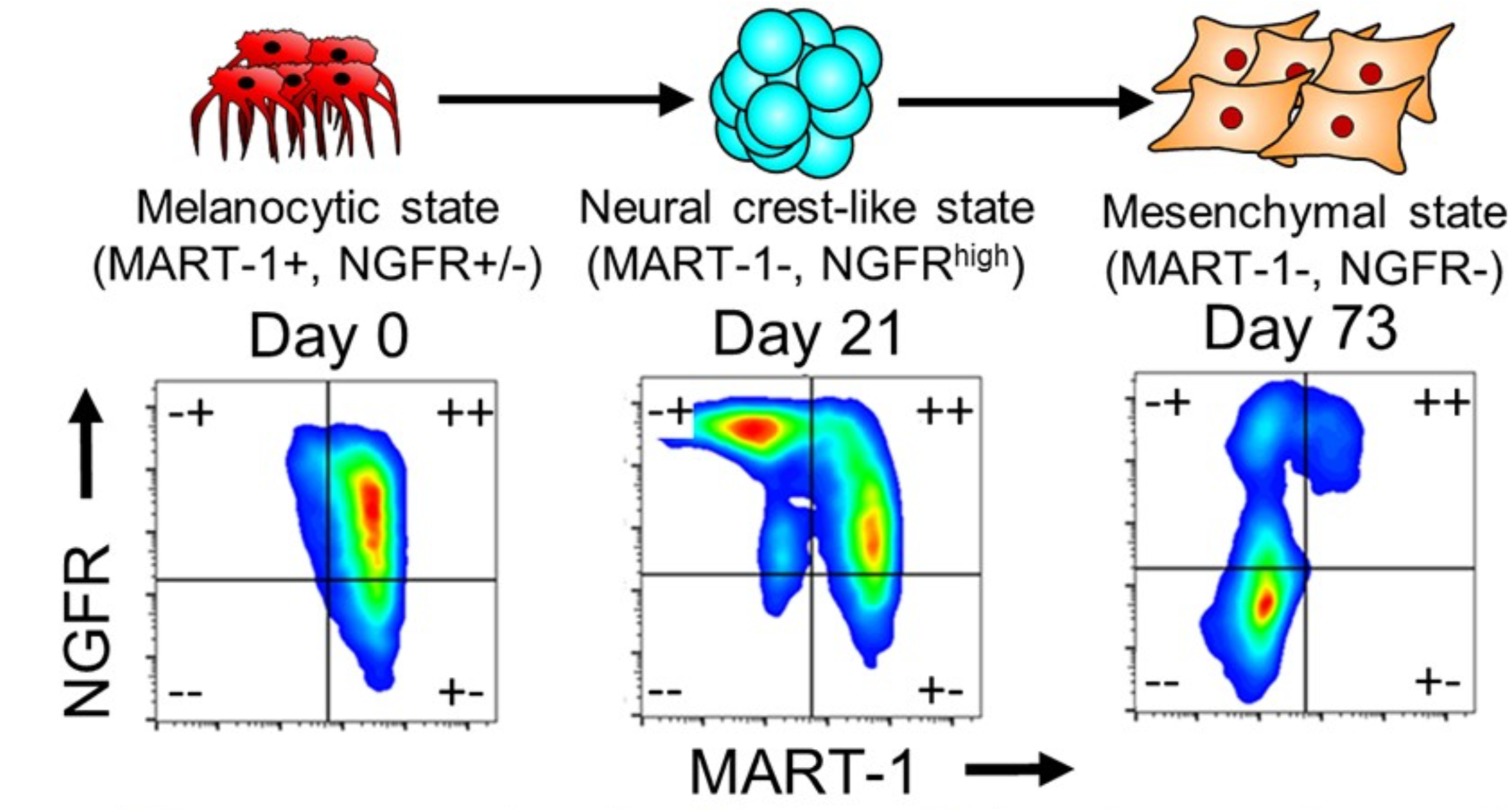Cancer is and will remain a major health problem around the globe. Eradicating tumor cells in patients presents a formidable challenge because of the heterogeneous and adaptive nature of cancer which enable the cancer cells to become drug resistant. Cancer cells taken from the same bulk tumor tissue might contain a diverse collection of cells harboring distinct molecular signatures with differential levels of sensitivity to treatment. Cancer cells are also highly plastic which allow them to easily shift dynamically between different cell state allowing them to survive different therapeutic treatments.
As a group of researchers coming from different backgrounds, we tackle this complex problem of drug resistance development by:
- Developing technologies to comprehensively characterize the dynamics changes of molecular profiles at different levels (genomic, epigenomic, transcriptomic, proteomic and metabolomic) with single cell resolution.
- Developing quantitative theoretical and computational frameworks to understand the behaviors of such heterogeneous and adaptive cancer cell populations which leads to resistance development.
- Working with molecular biologist collaborators to testify the detailed molecular mechanisms.
- Working with clinicians scientists to translate our discovery to therapeutic strategies that can be applied to real clinical settings.
Featured Publications
Single-cell analysis resolves the cell state transition and signaling dynamics associated with melanoma drug-induced resistance, Proceedings of the National Academy of Sciences (2017). Go to →
Phenotypic heterogeneity and evolution of melanoma cells associated with targeted therapy resistance, PLoS computational biology (2019). Go to→
Targeted therapy resistance mediated by dynamic regulation of extrachromosomal mutant EGFR DNA, Science (2013). Go to→
Single-cell phosphoproteomics resolves adaptive signaling dynamics and informs targeted combination therapy in glioblastoma, Cancer cell (2016). Go to→
Collaborators
Raphael Levine (UCLA), Antoni Ribas (UCLA), David Baltimore (Caltech), Michael Elowitz (Caltech), Garry Nolan (Stanford), Sylvia Plevritis (Stanford), Paul Mischel (UCSD).



 heath.isbscience.org/research/predicting-cancer-therapy/
heath.isbscience.org/research/predicting-cancer-therapy/
